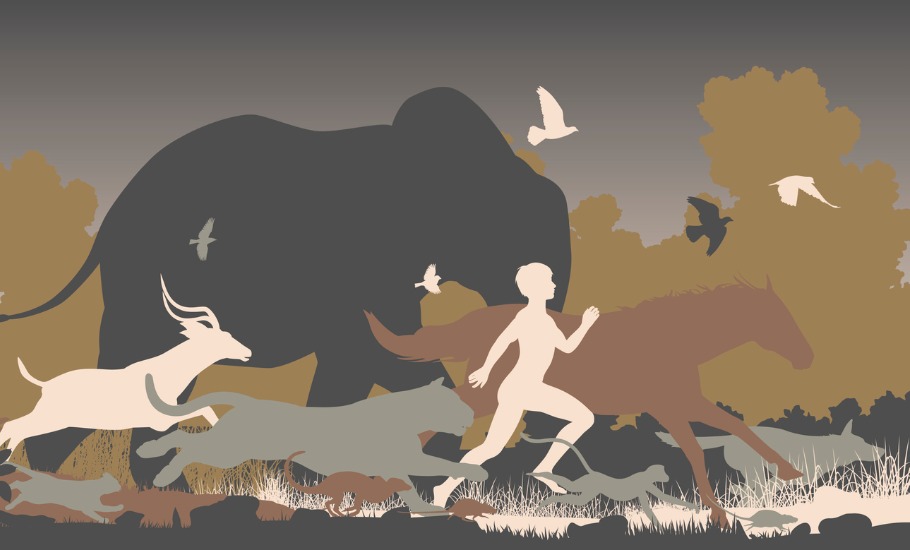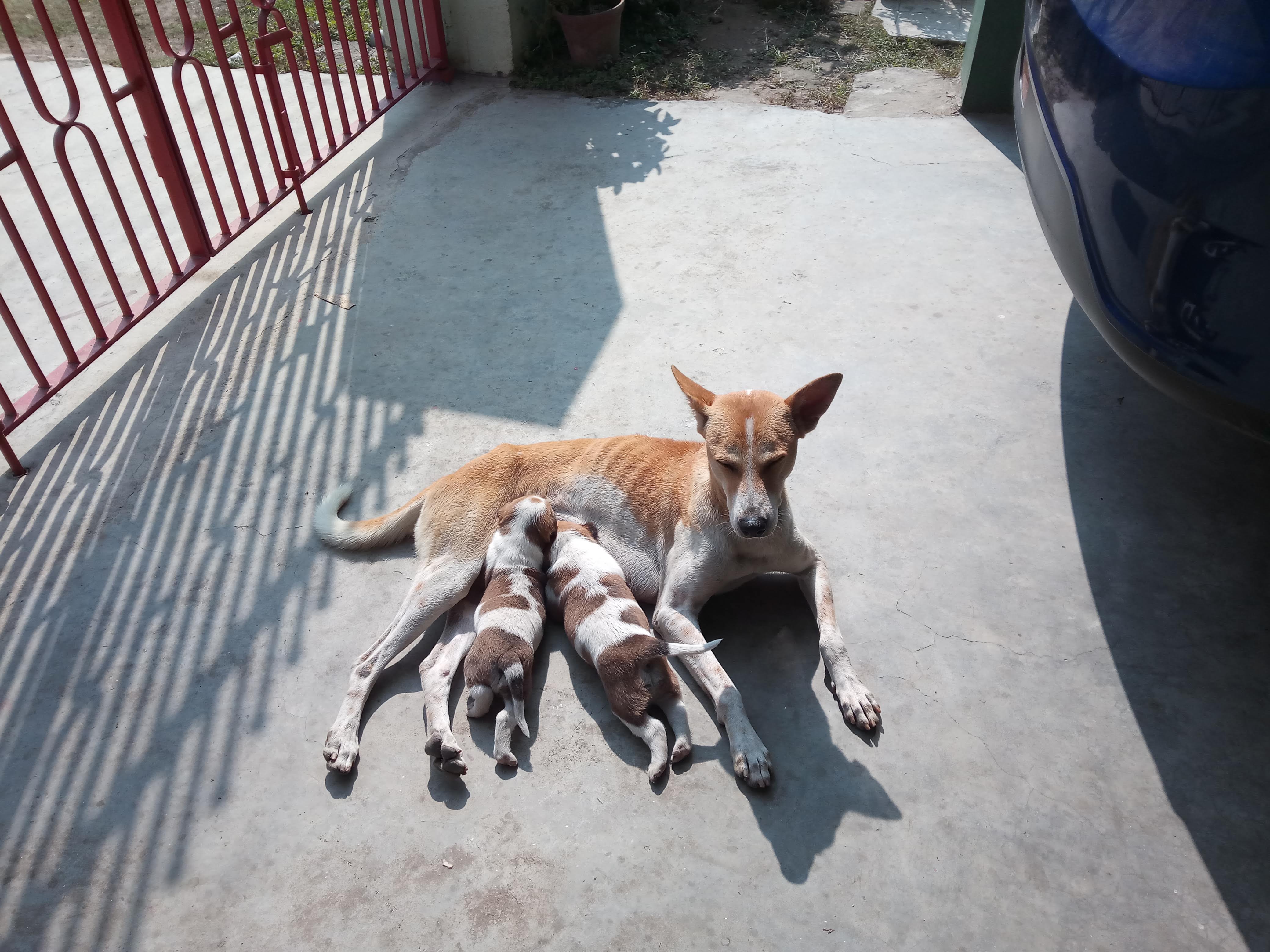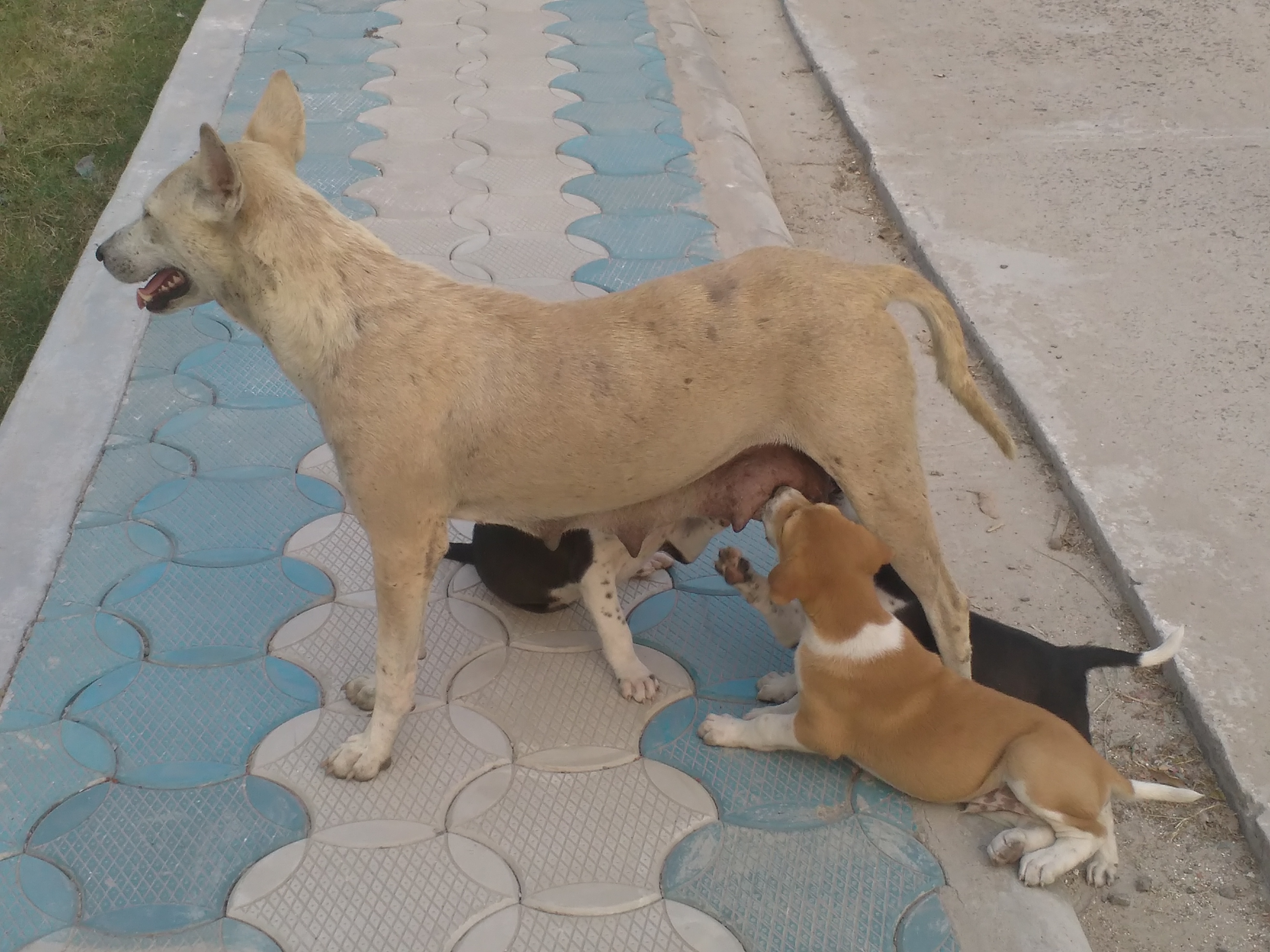
Why trek Amazon for biodiversity? Look at your neighbourhood dog
On June 5 this year, we celebrated World Environment Day on the theme ‘Biodiversity’ and the tagline “Time for Nature”. While the word biodiversity has become a household term in today’s world, the scope of this word is often understated.

The raging COVID-19 pandemic has claimed many lives and there is no sign of it abating, at least in certain parts of the world. Man’s quest for creature comforts and a cruel disregard for the complex and interconnected ecosystems have given birth to multiple challenges. Notably, the potent pandemics of the recent past are zoonotic [diseases transmitted from animals to humans]. This is testimony to man’s wanton incursions into pristine habitats.
In this two-part series, The Federal examines equitable and ethical ways to proceed in the coming years so that the impact on the environment and our own habitat is minimal. For, our actions will determine our place in the fragile world.
On June 5 this year, we celebrated World Environment Day on the theme ‘Biodiversity’ and the tagline “Time for Nature”. While the word biodiversity has become a household term in today’s world, the scope of this word is often understated.
Biodiversity usually conjures up images of the Amazon or coral reefs or lush plains, perhaps even deserts and mountain ranges — all beautiful habitats rich in nature’s treasures. We hardly associate cities with biodiversity. But, if you happen to live in a city, just look around yourself – the Gulmohar tree outside your window, the grass in the park, the crows on the wires, the mynahs and pigeons on the sidewalk, the cats and dogs on the streets, the rats in the drains, the ants on your windowsill, the cockroach in your toilet, the mosquitoes on your body, the lizard and spider on your wall — they are all part of biodiversity!
No matter how polluted or gray your city is, some forms of life would have managed to find a niche there to survive and thrive, and they are important components of the urban ecosystems to which you and I belong. We humans tend to consider ourselves the most important and the best of all forms of life, but trust me, we are a deluded species.
Why should we care?

Evolution is a process that produces species that survive or don’t survive in a given habitat. We humans have conquered the world, thanks to our brains that have enabled us to “tame” nature. We have discovered fire, agriculture, wheels, languages, aeroplanes, computers and the internet, which have all enabled us to “rule” the world, and gradually destroy it.
Still, a virus of about 120 nm size has brought the life that we are now so used to, to a near standstill and thrown us into a state of panic. Unfortunately, the virus is as much a component of our ecosystem today, as any other species.
Biodiversity is measured in terms of the number of species and the number of individuals of each species that occupy a habitat. Various species in ecosystems are connected to each other through various relationships, like prey-predator, host-parasite, and competitors for food and space. Loss of biodiversity in any ecosystem destabilizes it, due to this connectedness between species, sometimes leading to catastrophic effects.
Related news: Delta of decay: Human folly, nature’s fury ravage the Sunderbans
Human activities leading to loss of biodiversity and climate change are household topics of discussion today, which need immediate attention from humanity. No matter how unconcerned one might be about nature, we need to remind ourselves that we too are cogs in this giant wheel. And so, if not for the sake of the earth and nature, at least for our own sake, we should all be concerned about not only conserving ecosystems like rain forests, mangroves, and coral reefs but also invest in conserving the biodiversity in our urban ecosystems. It’s time for us to “Heal the Earth”!
I am a behavioural biologist. We are a small community of scientists who try to understand how organisms live and why they live the way they do. Our main resources are our eyes, notebooks, pens, cameras, and our brains. While some of us explore the depths of forests and oceans, in riverbeds and mountain slopes, deserts and grasslands, some of us explore urban areas, probing into the private lives of animals, plants and even microorganisms. While we are primarily driven by our individual passions for certain species or questions, we provide the basic knowledge that can enable efficient conservation drives and reduction of human-animal conflict.
Life in the city

The lockdown has affected all our lives in many ways, but the primary change in life has been staying at home for weeks. Have you wondered how this might have affected the lives of the other species that share our streets and public spaces with us?
There have been reports of “wild” animals roaming on the streets of India and other countries during the lockdown, which included a nilgai in Noida, a Malabar civet in Kozhikode and a rhinoceros in Guwahati.
Among the urban species, dogs have probably been the most affected by the sudden disappearance of humans from streets. While dogs are only one of the many species of birds and animals that lead a scavenging lifestyle in urban ecosystems, sharing space and competing for food with cats, rats, cows, goats, pigs and crows, they are the only species to have direct “social” interactions with humans on a regular basis.
Anyone who has lived in India for a while would know how dogs make eye contact with people and beg for food very efficiently. Recent research on pet dogs has revealed that the sad, drooling “poor dog” look that melts hearts is a result of genetic changes in dogs that have led to an alteration in the musculature around their eyes.
Related news: COVID pangs: Stream of spilt milk ‘connects’ a man, stray dogs
Moreover, dogs and humans share another common chord — when dogs make eye contact with us, the levels of oxytocin in our blood go up, which is the same when we see a human baby and have an urge to cuddle it. This is an amazing example of coevolution, where genetic changes in the dogs have helped them to earn sympathy and love from humans, and the two species have developed a strong relationship over centuries of evolving together, influencing each other’s behaviour.
There is an ongoing battle between dog-lovers and dog-haters in cities across India. While the dog-lovers would like to rescue every injured and ailing dog and feed every dog on every street, the dog-haters would rather have no dogs on the streets.
I have even heard people say that having no dogs on streets is a prerequisite for us becoming a developed nation. I have often wondered which developed nation in the world allows open drains, garbage and spitting on streets and manual scavenging. Imagine if one day all the dogs vanished from our cities, wouldn’t we soon need a Pied Piper to rescue us from the rats that would take over? It’s all connected, after all!
The private lives of dogs

Have you ever seen a mother dog running away from her pups who give chase in order to suckle? With our haloed notion of motherhood, we find this difficult to accept and I have seen people trying to restrain mother dogs so that the pups can suckle. While this might be very appealing to “human” nature, it is actually an appalling level of interference in the private lives of the dogs — both the mother and the pups.
Evolutionary mechanisms underlie all behaviour that we observe in animals. A mother needs to invest large amounts of energy in carrying her offspring during pregnancy and in rearing them. The highest investment from the mother is in the behaviour of nursing — she needs to produce milk and also spend time in nursing, in effect losing time to feed herself. This investment is essential in the early stages of the offspring’s development, when they cannot survive otherwise. During this phase, the mother loses weight and keeps the offspring well nursed. However, once the offspring are matured enough to fend for themselves, the mother needs to replenish her energy, build her energy reserves, and invest in the next batch of offspring. The process of weaning, when the mother begins refusing to nurse and there is a phase of conflict of interest between her and the pups, until they stop and fend for themselves. The pups learn to scavenge while undergoing this process.
During these early weeks of life, they receive ample care from not only their mothers, but often from other adult dogs in their group, who could be grandmothers, aunts or older sisters. Sometimes, there are some “fatherly” males too. And then, there is a whole lot of play between siblings and between pups from different mothers in the group.
Related news: Anti-microbial resistance: When microbes get the better of humans
Dogs on Indian streets are a rather good representation of the good old joint families. So, even as many dog-lovers tend to feel sorry for the poor dogs that live on streets, we need to remember that they are at home, with their families. While our food and love is welcome, we are intruding on their privacy when we take pups home or neuter the adults.
We now know that the dogs on our streets, technically known as free-ranging dogs, not only have complex social lives but also have a dynamic and complex relationship with humans. We are their major source of food, but we are also their biggest threat, being responsible for 63 per cent of their early-life mortality. The dogs, unlike pets, do not get trained by humans but are extremely good at understanding human gestures like pointing and recognizing different postures like a friendly one from a threatening one like raising a hand or a stick.
Interestingly, they seem to trust humans who show them affection, rather than those who offer them food. This species has inhabited this piece of land we call home for centuries, cohabiting with us in our villages and cities. They have successfully followed us on foot (even up to heaven!), run behind our horses, carts, wagons and cars and have learned to find food from our garbage bins. They belong here, with us, in our ecosystem. Perhaps we could spend some time looking into their eyes and see the love!
(This is the second article of the two-part series, ‘Celebrating Biodiversity.’)
(Anindita Bhadra is an Associate Professor in the Behaviour and Ecology Lab, Department of Biological Sciences, Indian Institute of Science Education and Research, Kolkata. She is also the founding member of Indian National Young Academy of Science and a member of the Executive Committee of Global Young Academy.)

